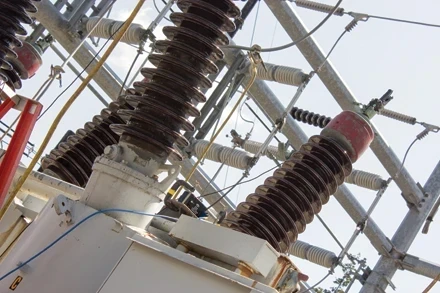New data suggests real-time pricing can help customers save money

Most utility customers now pay an average price for electricity that changes little (if at all) over the course of the year. Average, flat-rate, real-time pricing is akin to a form of insurance, where a premium is paid to hedge against market volatility and price spikes. Yet this approach misses the system-wide benefits of dynamic electricity pricing, in which customers pay for power through time variant rates.
Until recently, quantifying the cost of this trade-off for individual consumers has been challenging due to the limited amount of energy-use data available. As a result, it has been difficult to make analytical progress, and the debate over dynamic pricing often relies on theories rather than empirical evidence.
Now, first-of-its-kind research from the Citizens Utility Board (CUB) and Environmental Defense Fund (EDF) suggests real-time pricing could easily help people save money on their electricity bills in Illinois, but further analysis is needed to understand the potential impact throughout the country.
FERTILE GROUND IN ILLINOIS
The availability of anonymous energy-usage data—made possible by grid modernization and hundreds of thousands of smart meters—allows for new research that can more thoroughly investigate the costs and benefits of average, flat-rate pricing versus dynamic-pricing models, such as real-time pricing.
In March 2016, Illinois became the first state to release this anonymous data on a grand scale. The Illinois Commerce Commission made available data from customers of Commonwealth Edison (ComEd), an electric utility that aims to install its 4 millionth smart meter by the end of this year. The data is broken out on a highly granular level: in half-hour increments, 24 hours a day, over several years and into the future, at the local ZIP and ZIP + 4 levels.
In addition to making available energy-usage data, Illinois is the only state in the nation where the two largest utilities — Ameren Illinois and ComEd, which serve about 90 percent of the state’s customers — offer comprehensive, opt-in “real-time pricing” programs for residential customers. Under real-time pricing, electricity rates vary by the hour, according to wholesale electricity markets.
In November 2017, in a paper written by Jeff Zethmayr and David Kolata, CUB and EDF issued their first research project utilizing this big data. By comparing how a sample of residential ComEd customers would have fared in 2016 on real-time pricing versus traditional flat rates, without customers making any behavior changes, the paper begins to quantify the costs of the insurance provided by flat rates.
Read the complete article here: http://online.electricity-today.com/winter-20172018/~8/









